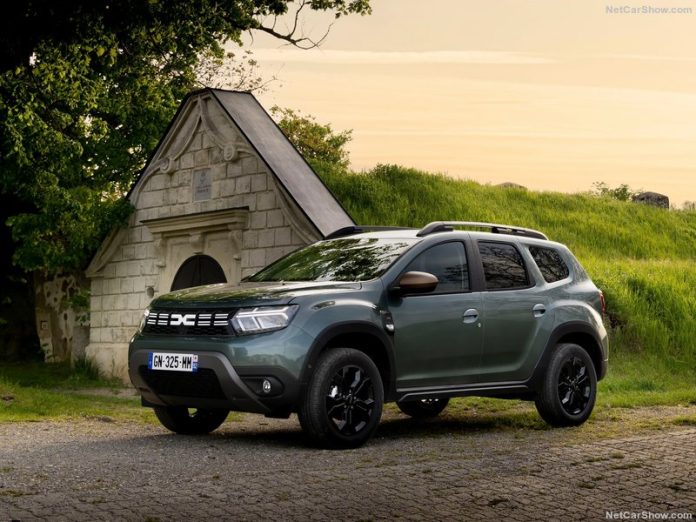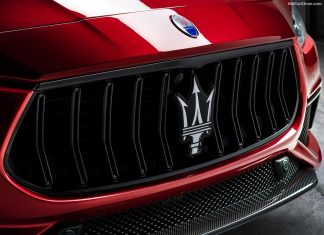Slovenian autos market in October 2023 grows for the second month after falling 3.1% in August, reporting 3,808 sales (+11.3%). YTD figures at 41,377 are up 3.5% from the previous year. Audi enters the top 10 rising 32.1% in year-on-year volume.
Market Trend and Outlook
The Slovenian auto market in October 2023 grows for the second month after falling 3.1% in August, reporting 3,808 sales (+11.3%). YTD figures at 41,377 are up 3.5% from the previous year.
Looking at cumulative data up to October 2023, brand-wise the leader remains Volkswagen with 6,212 sales (-0.9%), followed by Skoda with 4,570 (+14.2%) and Renault with 3,640 registrations(+4.3%).
Toyota rises 1 spot into 4th with 2,794 (+5.3%), in front of Kia at 2,229 (-9.8%), Peugeot with 2,138 (-0.8%) and Hyundai -down 3 spots- with 2,000 sales (-28.7%).
Citroen maintains 8th spot with 1,637 sales (-6.6%), followed by Dacia also in 8th -up 2 spots- with 1,637 sales (-0.1%) and Audi, jumping 3 spots into 9th with 1,581 new car registrations (+32.1%).
Opel closes the top 10 with 1,357 new registrations (-17.8%).
Looking at specific model the Skoda Octavia becomes the best seller rising 16.7% in sales from the prior year, followed previous year’s leader the Volkswagen T-Roc down 8.9%.
Medium-Term Market Trend
The Slovenian auto market has had many ups and downs in recent years. Demand for passenger cars fluctuated between 48k and 60k from 2010 to 2015. The market then started to gain momentum breaking the 60k resistance in 2016, finishing the year at 63,563. The uptrend continued for a few years reaching the current all-time high of 81,473 sales in 2018. Momentum then slowed down in 2019 that closed at 81,420 sales.
The arrival of the pandemic in 2020 forced many European countries to implement the lockdown, blocking entire economies. The Slovenian car market dropped 26.8% because of this, closing the year at 59,621.
Post-pandemic demand for passenger cars began a slow recovery in 2021 (+5.5%), that came to a halt in the following year. In fact, 2022 totaled 46,111 sales, a 14.2% loss from 2021. A combination of factors are behind the current industry struggle: the disruption in the global supply chain caused by a lack of raw materials, in particular for the production of microchips, and the Governments push towards Evs.
Tables with sales figures
In the tables below we report sales for all Brands, top 10 Manufacturers Group and top 10 Models.











